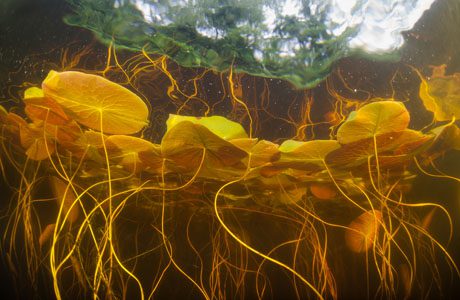
Molecular ecologists have a key role to play in setting priorities for the conservation of aquatic biodiversity, according to a recent review paper published in the Pertanika Journal of Tropical Agricultural Sciences.
By applying DNA sequencing and related tools, molecular ecologists can collaborate with other ecologists, especially in the fields of species distribution modelling and conservation planning, argues the paper’s author, Jane Hughes, of the Australian Rivers Institute. “This approach will help to prioritise conservation actions for the best possible outcomes.”
As the world’s population grows, human water needs are growing accordingly, reducing the amount of water available for sustaining freshwater biodiversity. This situation will likely worsen in areas where rainfall decreases as a result of global climate change.
Dealing with the challenge of dams and other human activity
Growing human demand for water will affect biodiversity primarily by increasing the number of dams, which already number over one million globally, as well as the extraction of water for agriculture and aquaculture. “Already, declines in freshwater biodiversity are far greater than in terrestrial systems [i.e. ecosystems present on land],” notes Dr Hughes.
For competing needs to be managed, we need accurate and efficient ways to assess our biodiversity, she stresses. “Currently, species are going extinct more quickly than we can recognise them.”
We also need accurate and efficient ways to assess the current and historical connectivity among populations, as well as the need for freshwater species to maintain connectivity with other habitats such as the floodplain or the estuary, adds Dr Hughes. “Finally, we need to develop methods for prioritising which rivers, streams or reaches should best be preserved or protected in order to maximise protection of biodiversity.”
Molecular ecologists can contribute to these challenges in many ways, says Dr Hughes. In her paper, she discusses recent advances in the assessment of biodiversity, methods for assessing connectivity among aquatic populations, how to combine molecular approaches with other methods to understand migration patterns, and future options that could improve our ability to conserve freshwater biodiversity.
“A multidisciplinary approach that incorporates new technological approaches in acquisition of molecular data is the best way forward for our aquatic biodiversity,” she concludes.






